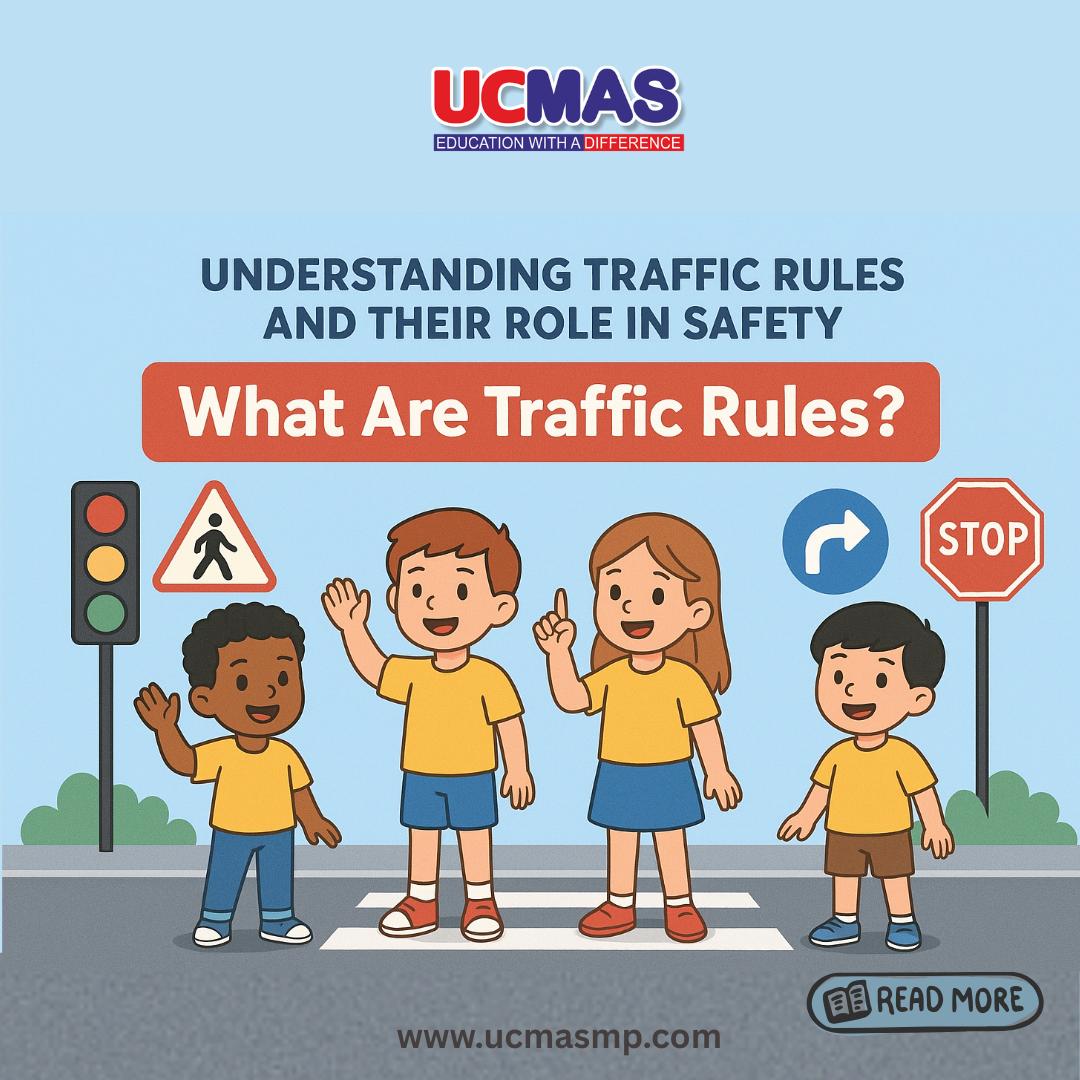Understanding Traffic Rules and Their Role in Safety
What Are Traffic Rules?
Traffic rules are designed to keep everyone safe while using roads. They include signals, signs, and behavior guidelines that drivers, pedestrians, and cyclists must follow.
For kids, basic rules include,
- Crossing at designated pedestrian crossings
- Waiting for the green light
- Wearing helmets when biking.
These simple rules act as safety nets to prevent accidents and chaos on busy streets.
Why Traffic Rules Are Important
Following traffic laws reduces accidents, injuries, and deaths. When everyone obeys signals and signs, the chances of crashes drop sharply.
Can you imagine, over 26 thousand lives have been lost in India in the first 6 months of 2025 alone!!
The reasons behind these fatalities are even more shocking, as they involve basic traffic rules that every citizen of the country must follow.
Let’s have a look at the most common Traffic violations leading to untimely passing of many innocent souls :
- Over-Speeding
- Drunken driving / Driving under any influence
- Driving on the wrong side of the road
- Jumping Red Light
- Using Mobile phones while driving
Statistics show that many accidents, especially those involving children, occur because rules are not followed.
The Impact of Non-Compliance
Breaking traffic rules can have serious consequences. Violators may face fines, license suspension, or even jail time. More tragically, ignoring safety can lead to permanent injuries or loss of life. Think about stories where kids were hit or injured simply because they crossed the street wrong or ignored signals. Sharing these stories helps children grasp the importance of rules and motivates them to comply.
Ways to Educate Children About Traffic Safety
Incorporating Traffic Rules into School Curriculum
Schools play a crucial role in building awareness. Curriculums should include lessons on traffic safety within physical education or health classes. Teachers can organize quizzes, role-playing games, and mock road setups to simulate real-life scenarios. These fun activities make learning exciting and memorable for children.
Using Media and Technology
Kids love watching videos and playing games. Educational videos, mobile apps, and online quizzes centered on traffic rules capture children’s interest. Interactive tools help children understand the significance of traffic signals, pedestrian crossings, and helmets. Plus, digital platforms make ongoing safety education accessible and engaging.
Parental Role and Community Involvement
Parents are the biggest influence on children’s behavior. Modeling safe road practices during daily routines teaches children by example. For instance, crossing the street carefully or wearing helmets can set a strong example. Community programs and road safety drives involving local schools and residents reinforce awareness and create a culture of safety.
Practical Techniques to Teach Children Traffic Rules Effectively
Leading by Example
Kids imitate adults. When parents and guardians follow traffic rules consistently, children learn good habits naturally. For example, always using crosswalks, obeying traffic signals, or wearing seat belts shows children the right way. Your behavior is the most powerful lesson they receive.
Interactive Learning and Role-Playing
Playing pretend can make a big difference. Conduct exercises where children practice crossing streets, follow signals, or pretend to be traffic police. Creating storybooks or cartoons featuring traffic safety themes can also help children understand rules better. Making learning fun keeps kids interested and attentive.
Reinforcement Through Rewards and Recognition
Positive reinforcement encourages children to stick to rules. Praising them or giving small rewards for following traffic safety habits motivates consistent good behavior. For example, a sticker chart for obeying signals or completing safety lessons can boost their confidence and responsibility.
Real-World Examples and Case Studies
Successful School Campaigns
Many schools have introduced traffic safety clubs that organize awareness drives. These programs teach kids via posters, presentations, and safety patrols. Schools that make safety fun and part of their routine see fewer accidents among students.
Community Initiatives
Local safety campaigns involving children, parents, and police lead to safer neighborhoods. Activities like safety walks, awareness posters, and street clean-ups build community commitment. They also teach children how to stay vigilant when outside their homes.
Lessons From Traffic Accident Cases
Looking at accidents that could have been avoided shows the importance of proper education. When children aren’t aware of traffic signs, accidents happen. Proper training could have prevented these tragic events, highlighting the need for ongoing awareness programs.
Expert Opinions and Recommendations
Traffic safety experts agree that early education is key. They emphasize that teaching children through stories, demonstration, and community activities builds lifelong good habits. Child psychologists also suggest engaging methods like role-playing and positive rewards to instill safety habits effectively.
Actionable Tips for Parents and Educators
- Regularly review traffic rules with children, especially during outings.
- Make safety part of daily routines—cross the street together, wear helmets, or remind about signals.
- Encourage children to ask questions or share concerns about road safety.
- Conduct safety drills at home and school to practice real-life situations.
- Use stories, games, and rewards to reinforce the importance of following traffic laws.
Conclusion
Teaching children about traffic rules is essential for protecting their lives and fostering responsible behavior. Early education, combined with consistent reinforcement, builds a safety-conscious mind that values rules. Communities, schools, and parents must work together to create safer roads for everyone. Every effort counts—so start today and make traffic safety a priority for our children’s future.
